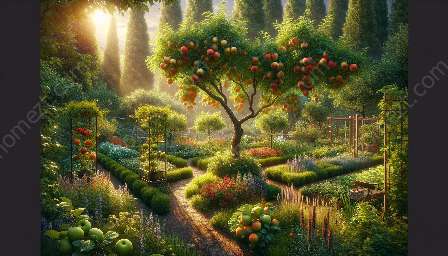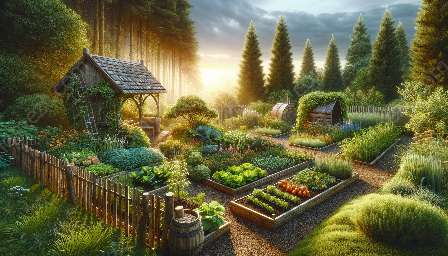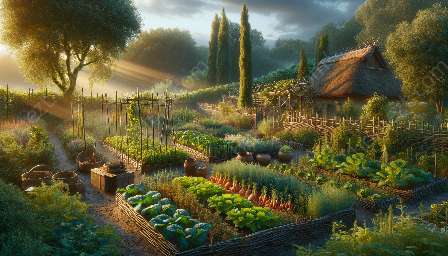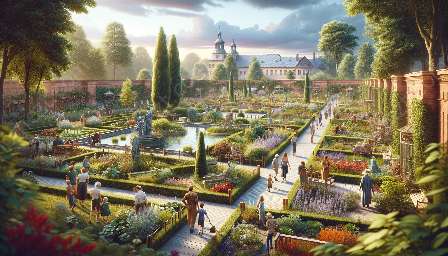Heritage gardening has had a profound influence on contemporary practices, shaping the way we approach and appreciate gardening and landscaping in modern times. This article aims to explore the various aspects of heritage gardening and its impact on contemporary practices.
Understanding Heritage Gardening
Heritage gardening refers to the practice of preserving and maintaining gardens that have historical significance or are representative of a particular cultural or horticultural tradition. These gardens often serve as a link to the past, offering insights into traditional gardening techniques, plant varieties, and design principles.
Key Aspects Shaping Heritage Gardening
1. Preservation of Biodiversity: Heritage gardens play a crucial role in preserving and promoting biodiversity by conserving rare and heirloom plant varieties that may be at risk of extinction. This focus on biodiversity has had a significant impact on contemporary gardening practices, emphasizing the value of native and indigenous plants in modern landscapes.
2. Design and Aesthetics: The design principles and aesthetics associated with heritage gardening, such as formal parterres, cottage gardens, and heirloom roses, have influenced contemporary landscaping trends. Many gardeners and landscapers look to historical gardens for inspiration, incorporating elements of heritage design into their modern projects.
3. Sustainable Practices: Heritage gardening often embraces sustainable horticultural practices, such as companion planting, organic gardening methods, and water conservation techniques. These sustainable approaches have become increasingly relevant in contemporary gardening, aligning with the growing emphasis on eco-friendly and low-impact landscaping.
Evolution of Contemporary Practices
The influence of heritage gardening on contemporary practices is evident in various aspects of modern gardening and landscaping:
- Plant Selection: Many gardeners now seek out heirloom and heritage plant varieties, recognizing their value in preserving genetic diversity and cultural heritage.
- Reimagined Garden Designs: Contemporary gardens often feature elements inspired by historical styles, adapting them to suit modern lifestyles and environmental considerations.
- Education and Outreach: The appreciation for heritage gardening has led to educational initiatives and community projects focused on preserving traditional gardening knowledge and engaging with local heritage.
Conclusion
The influence of heritage gardening on contemporary practices is a testament to the enduring significance of historical horticultural traditions. By understanding and appreciating the principles and values upheld by heritage gardens, contemporary practitioners can continue to enrich their work with a sense of heritage and timeless beauty.






































